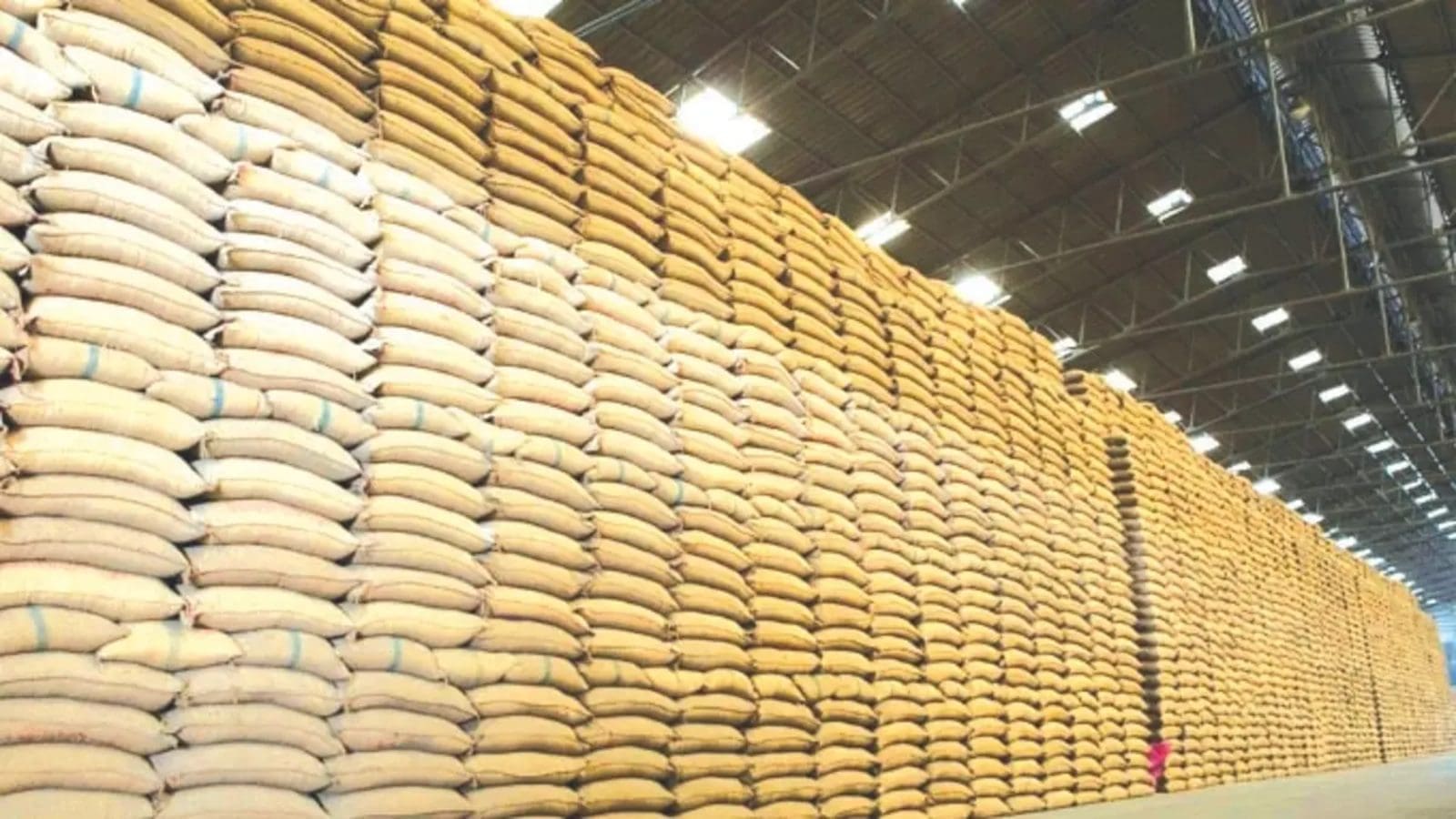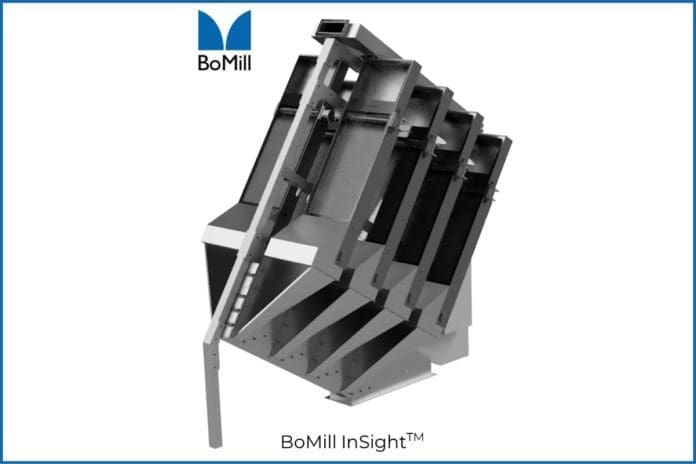ZIMBABWE – The Zimbabwe Mercantile Exchange (ZMX), a commodity marketplace, has announced that its Warehouse Receipt System has been conferred with Liquid Asset Status by the Reserve Bank of Zimbabwe (RBZ).
According to ZMX, a liquid asset is an asset that can be easily converted into cash in a short amount of time. Liquid assets include things like cash, money market instruments, and marketable securities.
The announcement comes after the recent move by the government to allow the Zimbabwe Mercantile Exchange (ZMX) to begin trading maize on the commodities market, ending the monopoly of the state-owned Grain Marketing Board (GMB) as the sole purchaser of maize and wheat.
In a statement, the ZMX expressed content with the new milestone, ZMX chief executive Collen Tapfumaneyi adding that the conferment of a liquid asset status on the warehouse receipt instruments can benefit farmers in several ways
“Overall, the conferment of a liquid asset status on warehouse receipt instruments can provide farmers with greater financial flexibility, better price stability, reduced storage costs, and improved crop quality control, all of which can help to enhance their income and livelihoods,” Collen said.
A Warehouse Receipt is a legal document that provides proof of ownership of a commodity stored in a certified and approved warehouse, providing evidence of quantity, grade, and quality of the stored commodity. It is recognized as a security under the Securities Act
“This means that as a tradable and negotiable instrument, the Warehouse Receipt Instrument is now considered an asset that can be easily converted into cash,” read the statement.
With the ZMX Warehouse Receipt System now fully operational, ZMX now calls upon farmers, contractors, and buyers of agricultural commodities to make use of this innovation to access safe and secure commodities storage as well as alternative cost-effective financing from participating institutions.
ZMX is a marketplace that facilitates the buying and selling of a wide range of agricultural products, such as maize, wheat, sorghum, and soybeans.
The trading initiative was designed to curb warehousing and price discovery challenges relating to farm commodities, which local farmers encounter in their operations.
In addition, the initiative also seeks to deal with challenges encountered by farmers in the marketing of their agricultural produce, which includes limited and often costly logistics, and inappropriate or inadequate storage facilities resulting in significant post-harvest losses.
Therefore, the platform gives farmers access to a transparent and efficient marketplace where they sell their produce at fair prices.
For all the latest grains industry news from Africa, the Middle East and the World, subscribe to our weekly NEWSLETTERS, follow us on LinkedIn and subscribe to our YouTube channel










